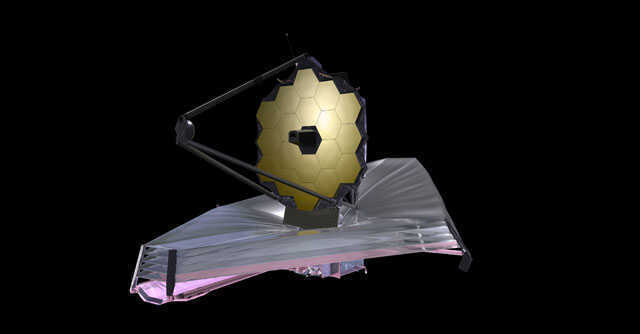
James Webb observation plans to be altered to avoid 'micro' impacts


The James Webb Space Telescope (JWST), one of the farthest seeing space telescopes launched by any nation so far, is set to undergo a realignment exercise in order to avoid unprecedented impact of tiny space rocks, or ‘micrometeoroids’, in future. The space telescope faced an unaccounted impact in May this year, which led scientists into anticipating a sharper future impact that could potentially reduce its optical capacity.
According to statements issued on the matter by the National Aeronautics and Space Administration (Nasa), the central space agency of the US, JWST has faced 14 such impacts on its 6.5 metre-diameter mirror to the date. Of these, the impact that it faced in May could have potentially impacted the telescope’s optical capacity.
Based on the infrared spectrum and armed with the biggest telescope mirror of a space telescope, the JWST is expected to be able to see farther than any space telescope has succeeded.

To be sure, such impacts are not entirely out of order. During the construction of JWST, scientists had anticipated the impact of such small space rocks, or ‘micrometeoroids’. The latter are extremely tiny remnants and fragments of larger meteoroids that traverse through space at very high speeds.
While the size of these particles is not massive, it is the velocity — combined with the relative velocity of the space telescope’s trajectory — that could potentially lead to a fatal impact on JWST’s mirror one day. Such an impact could even render the telescope unusable.
Lee Feinberg, manager of JWST’s optical element, said in a statement from Nasa that small particles that could strike the telescope mirror from the opposite side of its movement would “have twice the relative velocity and four times the kinetic energy.”

“Avoiding this direction when feasible will help extend the exquisite optical performance for decades,” Feinberg added.
The JWST has taken Nasa over two decades and $10 billion to be built and deployed, and through its infrared instruments, has the ability to capture light rays from the early years of the universe. Such capabilities are expected to help humankind collect scientific data that could be key to understanding the formative years of the universe.
